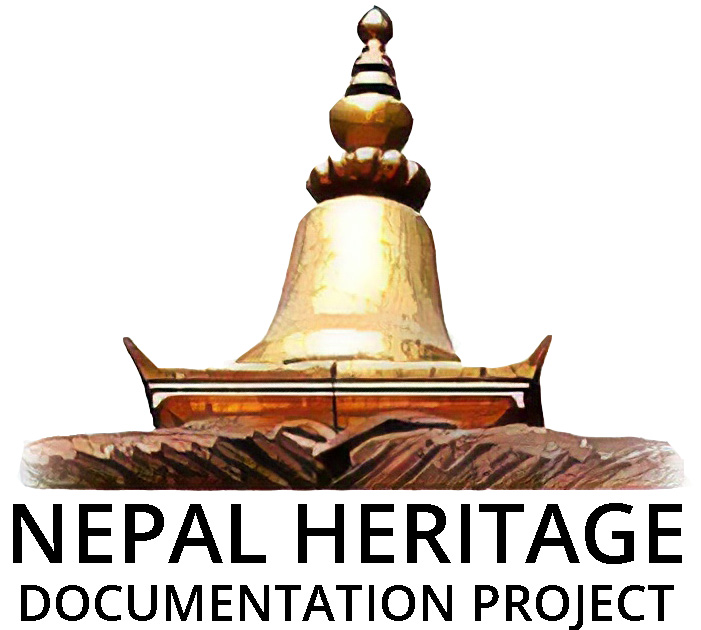Dhamī Ghara at Nuwakot Bharavī temple complex
Curated by Rajan Khatiwoda

The Dhāmī Ghara, located within the Nuwakot Bharavī temple complex and likely constructed in 1792 CE, serves as the residence of the Dhāmī, who embodies Bhairava ('Bhelu' in Nepālabhāṣa/Newari), similar to Kathmandu's Kumārī Ghara dedicated to Goddess Taleju. This site holds profound cultural and spiritual significance, preserving centuries-old traditions of the Ḍaṃgola clan. Originally referred to as Bhelu in medieval and early Śāha period records, this term originates from Sanskrit Bhairava in Newari tradition. Over time, Nepali society's linguistic and cultural evolution led to the transition from Bhelu to Dhāmī, signifying the role of an oracle medium. Architecturally, the Dhāmī Ghara exemplifies the characteristic style of traditional Newar god-houses, noted for its balconied tower and elaborate window designs that symbolize divine presence. Beyond its physical structure, the Dhāmī Ghara serves as a spiritual hub where rituals and ancestral responsibilities have been observed for generations. Here, the Dhāmī, along with his wife Dhaminī, fulfils these roles, deeply rooted in familial lineage and divine designation within the Ḍaṃgola clan. For more information on this monument, visit the database entry under DANAM Monument ID NWK0020.
